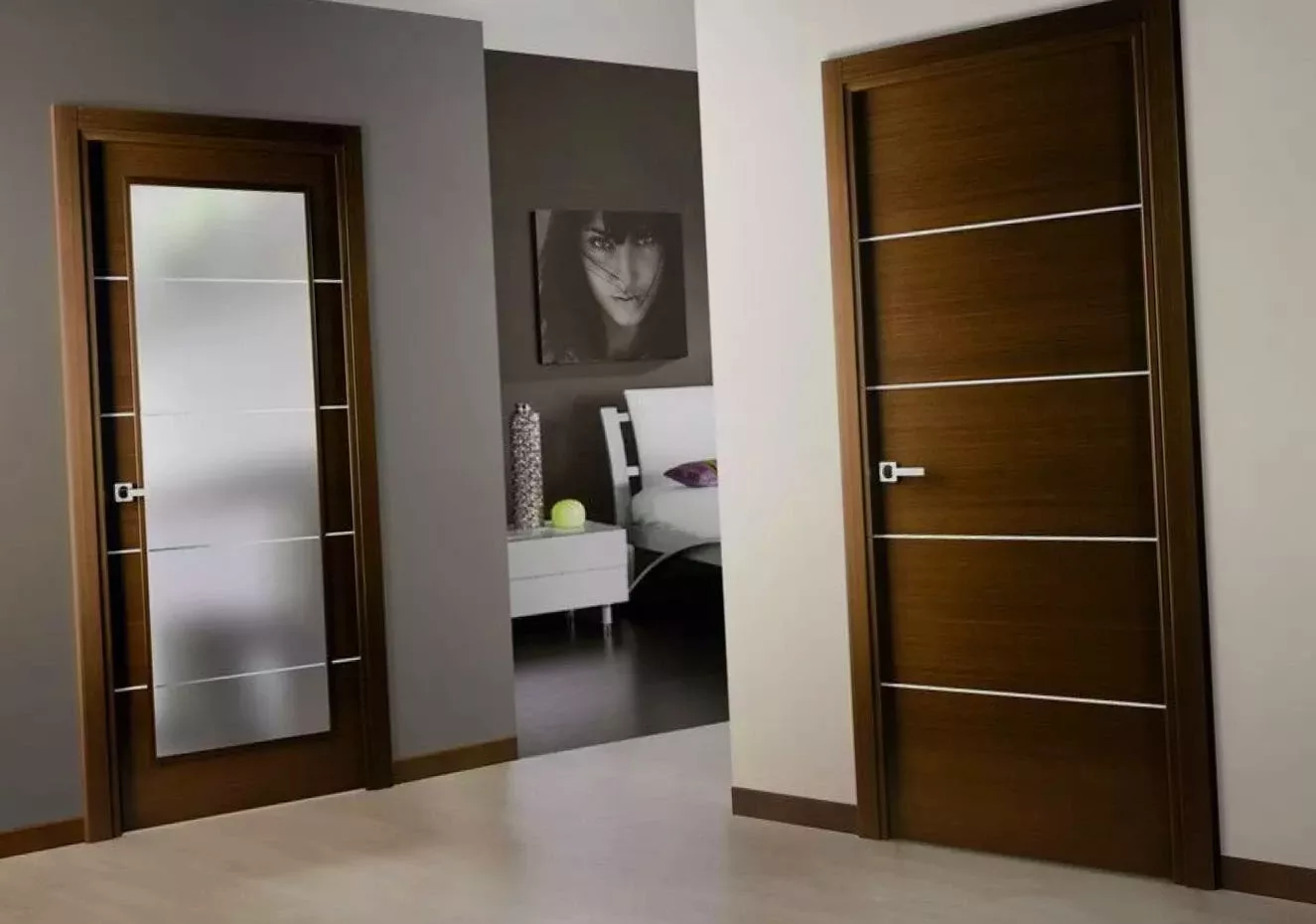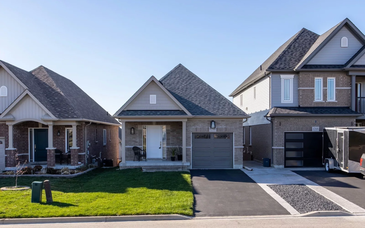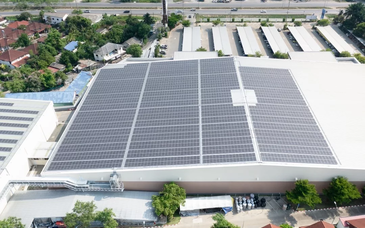When choosing a door, it's important to pay attention not only to the material it's made of but also to its finish. Exterior finishing plays a key role in protecting against temperature fluctuations, moisture, as well as damage and other external factors. It also defines the overall design style.
Different types of finishes for interior doors have their own features, advantages, and recommendations for use.
Primary options for decorative door finishes:
- Laminate
- PVC film
- Enamel
- Veneering
- Staining
- Painting
Each of these options has its unique characteristics and benefits.
Looking for the perfect interior doors to accentuate your home? At the IndigoDoors online store, you'll find doors for example https://indigodoors.com/products/vento_black_black.html to suit any taste at reasonable prices. Fast delivery and excellent quality are guaranteed!
Some finishing materials are attractive due to their affordable price, while others offer a high level of door panel protection.
Laminate Finish
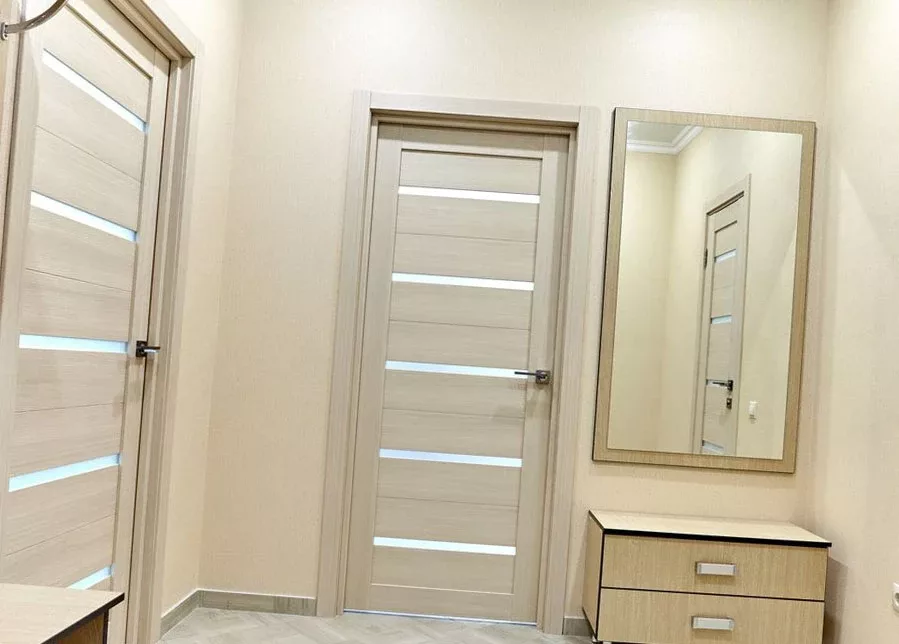
Laminating the door panel is done using laminate—a sheet material that is processed at high temperatures using special resins. This method is applicable to doors made of various materials, including wood, hardboard, plastic, and aluminum.
There are two main methods of lamination:
-
Two-layer laminate. In this lamination method, the laminate is applied using cold pressing, which is a relatively new technology. This approach gives doors improved resistance to physical impacts. Doors treated with two-layer laminate are easy to maintain and have a high degree of aesthetics.
-
Melamine films. This method, borrowed from furniture production, is older. Melamine films allow for fairly realistic imitation of the color and texture of natural wood. However, such doors are less resistant to mechanical damage. In adverse climatic conditions, cracks and delamination of the film from the base may occur.
Laminated doors are characterized by their affordable price and ease of maintenance. Manufacturers offer a wide range of color solutions.
PVC Film
Polyvinyl chloride (PVC) film is a synthetic material applied to the surface of the door panel in a thin layer. Doors with this coating can mimic the texture and color of natural wood, as well as other natural materials such as marble or granite.
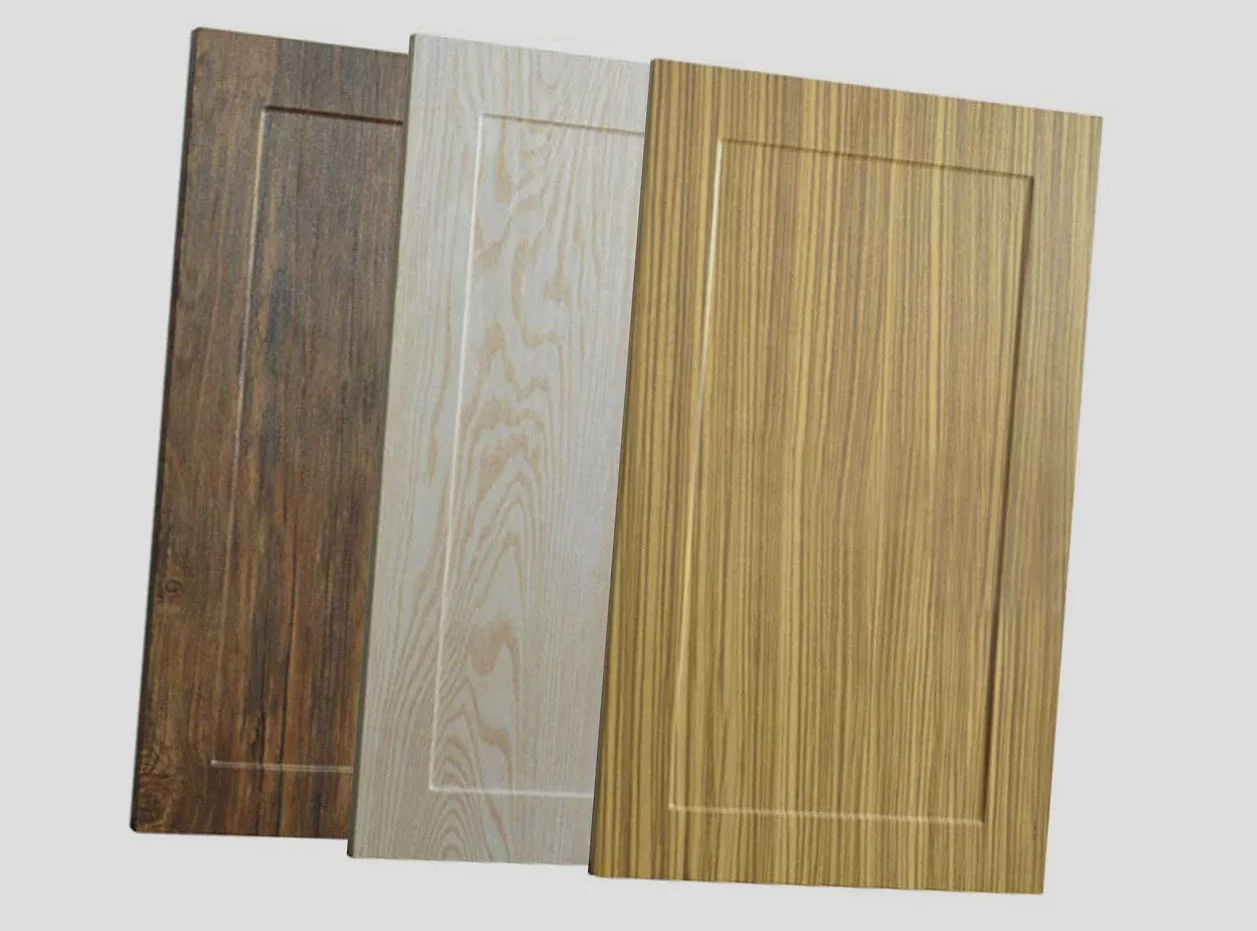
This finishing option is budget-friendly but has several undeniable advantages:
- High resistance to mechanical impacts.
- Effective sound insulation.
- Long service life.
- Easy maintenance.
- Resistance to high humidity.
- Color retention under ultraviolet radiation.
The main drawback of PVC is its synthetic origin, but it also helps reduce the consumption of wood. PVC film is completely environmentally safe and does not emit harmful vapors during use. It also contains antibacterial and antifungal components, making doors with this coating hygienic.
Due to its high resistance to moisture, doors with PVC coating are popular for use in high humidity environments such as pools, saunas, or bathrooms. Today, manufacturers offer a variety of color options suitable for interiors of various styles.
Enamel
Enamel is a composition of varnishes, pigments, polymers, and synthetic resins that creates a perfectly smooth and even coating on the surface of the door panel, ensuring durability for many years.
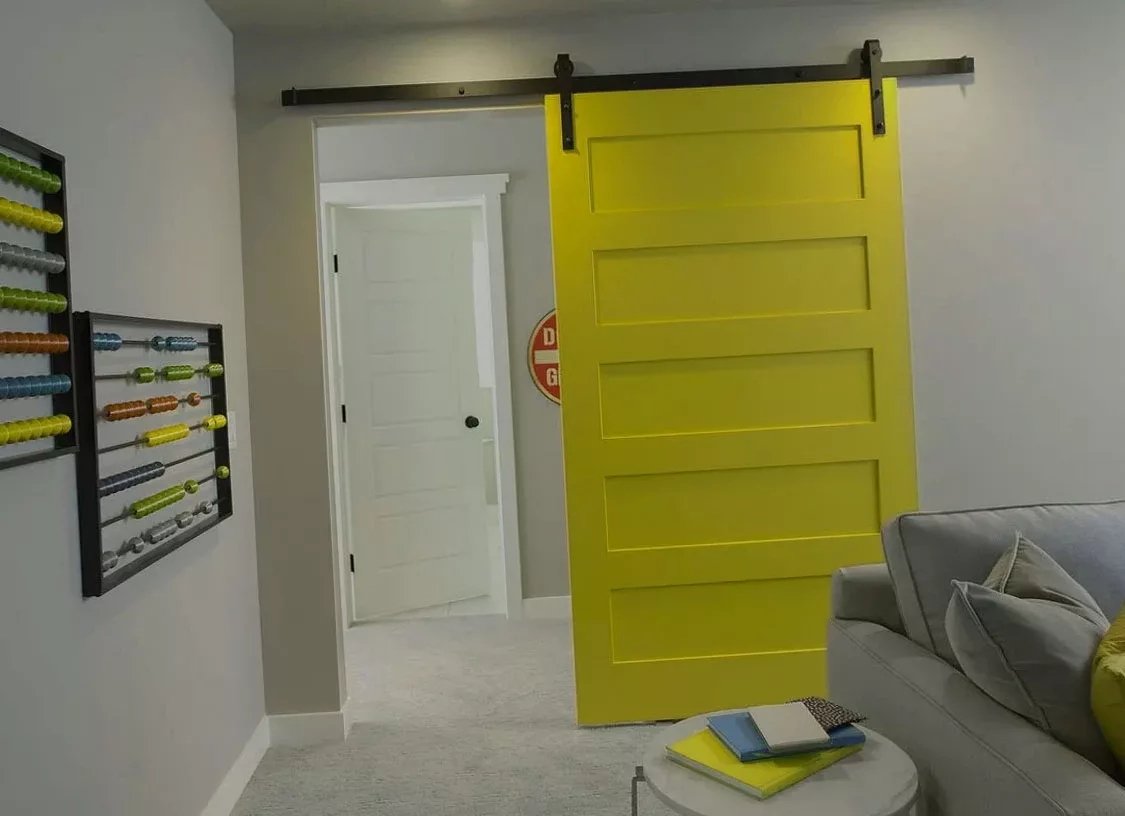
Among the advantages of enameled doors are:
- Resistance to temperature fluctuations.
- Resistance to scratches, abrasion, and other mechanical damage.
- Color retention under ultraviolet radiation.
- Ability to clean from dust and dirt with a damp cloth without concerns.
Coating the door panel with quality enamel can create a texture reminiscent of natural wood.
Manufacturers offer a wide range of colors, from neutral beige to deep shades, allowing enameled doors to be integrated into almost any interior.
This type of coating is especially suitable for doors in high-traffic public areas. In case of complex stains or scratches, the door can be easily repaired by applying a new layer of enamel.
Veneering
Veneering is the process of applying thin layers of natural or artificial wood onto the surface of a door panel. This method allows doors to have the texture and pattern of natural expensive wood, even if a more affordable material is used to make the doors.
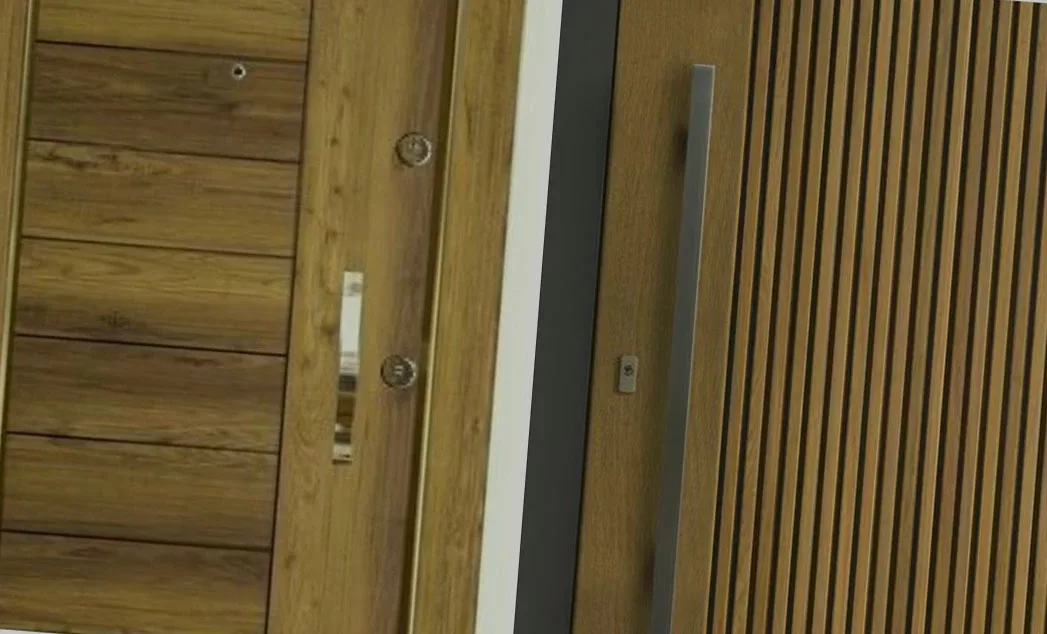
The key benefits of veneered doors include:
- Preserving the natural wood grain.
- Lightweight, making installation easier.
- Resistance to temperature fluctuations.
- Ability to withstand deformation.
- Ability to be used on doors with complex geometry.
Veneering allows for the creation of unique patterns on doors that blend harmoniously with various interiors. This option is suitable for those who appreciate naturalness and exclusivity but are not willing to pay extra for doors made of rare wood species.
Currently, there are several types of veneer:
Natural veneer consists of thin layers of natural wood such as oak, alder, cherry, wenge, or walnut. Each veneer sheet has a unique pattern, making each door special. The surface is coated with lacquer for protection against moisture and damage, and minor defects can be easily corrected by sanding.
Eco-veneer is a synthetic material made from polypropylene film and thin wood fibers. It looks almost indistinguishable from natural veneer but is more cost-effective.
Nanoflex is an artificial material made of Japanese parchment and a unique polymer coating. It can recreate patterns of natural wood veneer with aesthetic transitions from matte to glossy. It is resistant to moisture and has an affordable cost.
Fine-Line veneer has good resistance to physical damage and easily mimics the pattern of natural wood veneer without any defects, maintaining color and shape.
